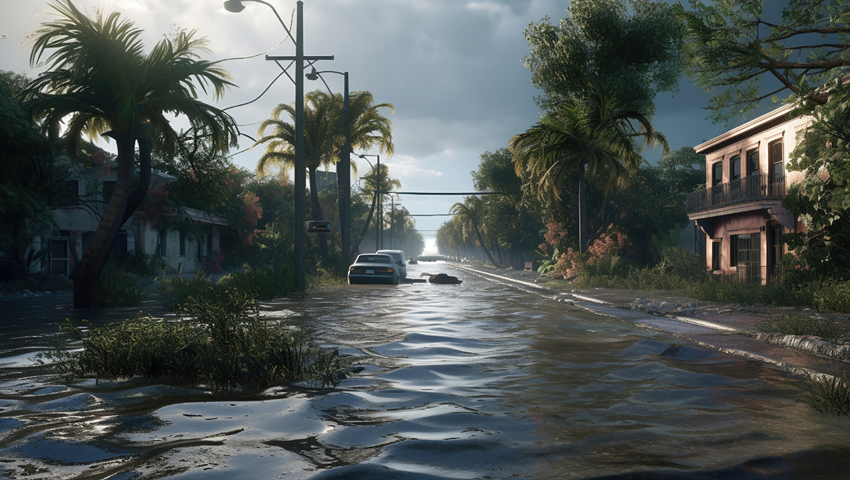Erin Sikorsky is Director of the Center for Climate and Security, part of the Council on Strategic Risks. What follows is an extract of an Op-ed she wrote for The Cipher Brief.
“IMAGINE the U.S. government had credible information that a terrorist group was planning attacks in multiple cities across the globe. Attacks that could result in the deaths of hundreds of people, the destruction of critical infrastructure, and military installations. Attacks that could disrupt food and water security for millions and require the deployment of thousands of soldiers to respond.
“Of course, the United States would do everything in its power to prevent and prepare for such a threat.
“Now replace ‘terrorist group’ with ‘El Niño.’ Scientists are urgently warning of ‘a spike’ in global temperatures as the global climate pattern – known as El Niño – arrives and intersects with already rising temperatures driven by climate change. We know from experience that extreme heat can cause mass death, critical infrastructure damage, economic and political strain, and can lead to military deployments.
“Last year, (which ranked among the hottest on record) the World Health Organization estimated that Europe saw 15,000 heat related deaths – compared to 6,701 deaths globally from terrorist attacks.
“Already this spring, extreme heat waves have hit Asia, the Mediterranean and parts of the Northern Hemisphere, with Vietnam and Laos recording their highest temperature ever and unprecedented early-season wildfires in Canada burning nearly 1 million acres.
“Militaries are on the front lines of response. Last summer, governments deployed thousands of military forces in Europe, North and South America and Asia in response to heat-related hazards such as fires and droughts. In the United States, the National Guard now spends more than a hundred-thousand person- hours a year fighting fires. Critical military and civilian infrastructure is also at risk. In July 2022, record temperatures in the UK melted the country’s busiest military runway, and drought led to destructive fires at a US military training facility in Germany.
“When heat strains access to food, water and energy, protestors are likely to hit the streets. The world saw this in 2021, in Lebanon, Iraq and Iran, where demonstrations took place after the combination of record temperatures, drought and poor governance caused water shortages.
“Traditionally, weather and climate related phenomena such as El Niño have been considered the remit of the Weather Channel and specialist US scientific agencies such as the National Oceanic and Atmospheric Administration (NOAA). That must change.
“Given the risks, there is no excuse to not bring the same level of security attention to the impacts of El Niño, that a terrorist or rogue state would get.
“But analysing the risks is not enough. The security community must act to prevent the worst outcome of these hazards. Just as after 9-11 the United States reimagined how it connected federal intelligence with state and local officials, it must now take a more creative approach to deploying security assets to keep Americans and their interests safe from extreme weather.
“The good news is that unlike intelligence on terrorist attacks – which is often fragmentary and inconclusive – our understanding of the impacts of heatwaves is clear. Scientists are providing ample warning, and the United States has time to prepare. It must take it.”
